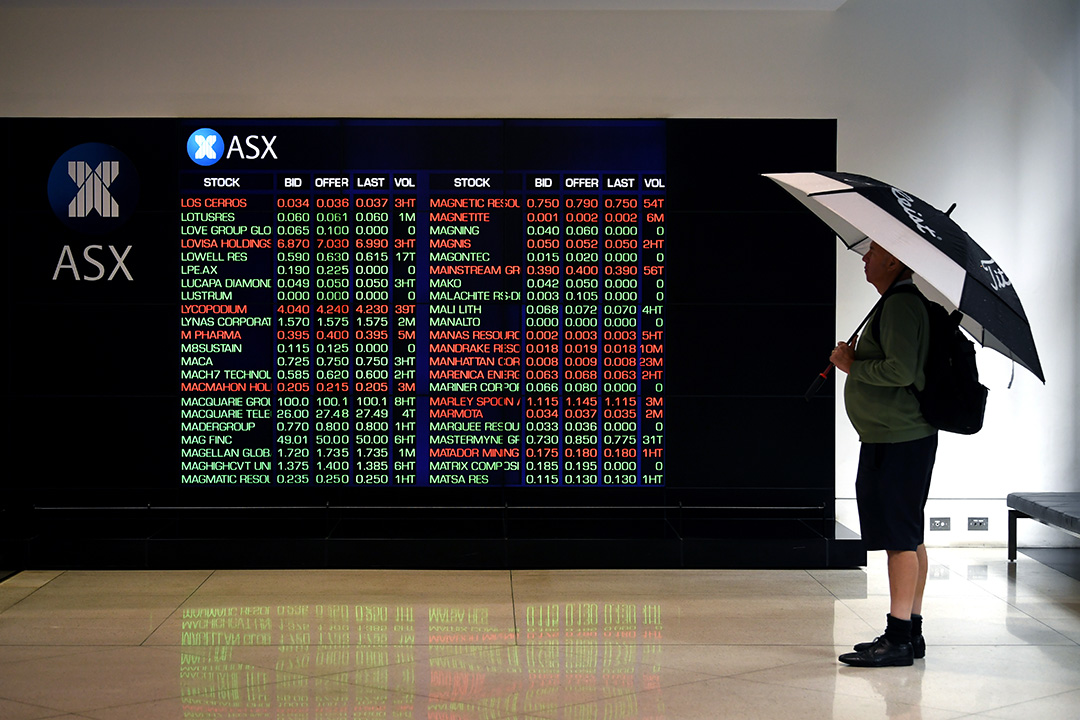

The legendary US political journalist, Norman Cousins once observed: “Optimism doesn’t wait on facts. It deals with prospects.” And despite the fear and loathing we’ve endured since late February, when the Coronavirus changed our lives forever, day-by-day optimism is starting to get on top of the pessimism that the virus and economic shutdowns created.
And don’t rule out an outside possibility that we could see a Roaring 20s rerun of the 20th century in the 21st century! This prediction isn’t based on hard facts but it certainly has prospects of actually happening.
Only two weeks ago, Treasury thought our economy would shrink by 10%. Then a week ago, the same Treasury shrunk its shrinking of the economy down to an 8% contraction in 2020. Not to be outdone in the shrinkage game, the Paris-based think tank i.e. the OECD came in with a 5% shrinkage. And one economist, Michael Knox of Morgans in Brisbane, early in the Coronavirus crash period tipped we’d only contract by 4%.
This belief in a largely reduced recession is good news for anyone looking or hoping to hang on to a job. It’s good news for businesses praying that they’ll beat bankruptcy threats. And so is the KPMG survey that said 79% of mid-market companies expect their business lives to be back to normal within three months.
Undoubtedly, the 11% who disagree are in struggling sectors like tourism and education that sell their services to China and the rest of Asia. Beijing’s bullying of us and the fact that overseas travellers to Australia aren’t being welcomed with open arms, makes business life tough for the operators in this space. It would explain the lack of confidence about the economy as it affects them.
But the news is good and getting better by the week, with both business and consumer confidence numbers on the improve strongly. These gauges of how Aussies are feeling about our future have to be helped by the revelation that the Morrison Government is about to throw $72 billion at infrastructure projects, with State and Territory governments to create 66,000 jobs.
I have refused to take the economic stats of March, April and May seriously for predicting the future because I knew they would be bad. But I promised to take June numbers very seriously as I try to work out what kind of economic comeback was possible.
Even the real estate market is showing more life than was expected, so early in the piece and only a week after we learnt that we are in a recession.
Over the weekend, Sydney had a clearance rate of 70% for its real estate auctions, while Melbourne came in at 57%. And while these are below pre COVID-19 levels, the Aussie belief in the power of property is gradually being restored.
The six months hibernation idea put forward by the PM is a thing of the past and only a serious second-wave infection threat could turn this optimism into hot air.
In the US, the stock market is showing resilience, though I think it is excessively optimistic. However, two titans of the market have conceded that they might have underestimated the perceptivity of the collective guessing of the future by the stock market.
Both Stanley Druckenmiller and Paul Tudor Jones, two of America’s greatest market traders, have said they’ve been “humbled” by what the market has done overcoming the fear of the Coronavirus crash.
Of course, behind this comeback has been the fastest and most effective government and central bank response ever. This was point the Fed boss, Jerome Powell made last week, when he scoffed at suggestions from a journalist that we faced a Great Depression.
Debt has driven this rescue programme and the only way we can beat future economic fallout problems has to be by a huge surge in economic growth. And that’s why I like the idea of a Roaring 20s in the years ahead. If a business borrows too much but grows like Amazon, then the debt was a valuable source of success. However, if we borrow up big and don’t have a roaring production of goods and services response, then we are up shit creek without a paddle.
That’s why I like the following from economist Michael Knox, who pointed out that historically major epidemics were followed by booms.
‘‘The precedent here is the Spanish flu epidemic at the end of the Great War,’’ he told me. ‘‘This was followed by the boom in the US and in France of the Roaring Twenties. This saw the biggest stock market boom to that point in history.’’
You gotta hope he’s right.